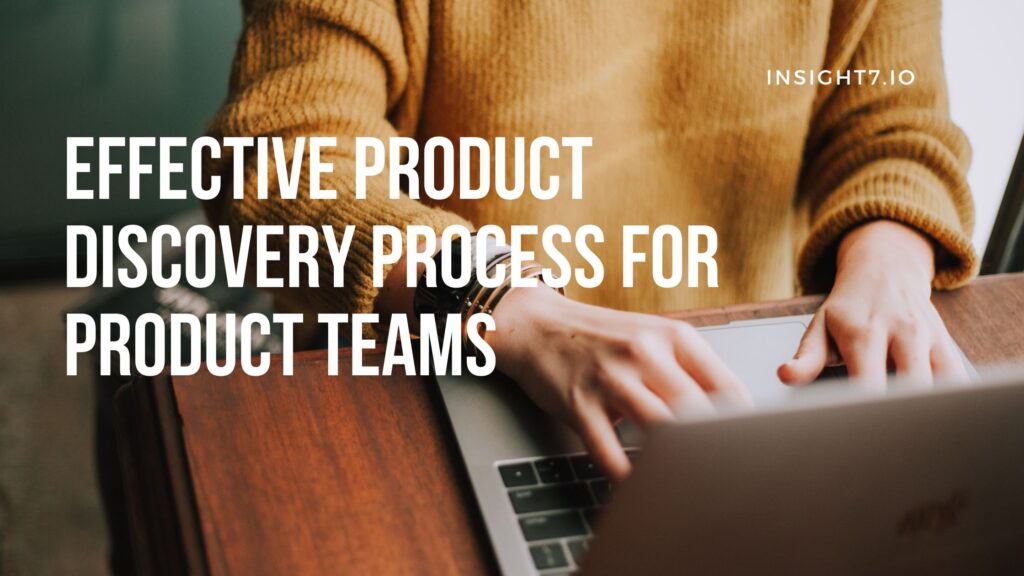Effective Product Discovery Process For Product Teams
-
Bella Williams
- 10 min read

Creating product features can be very expensive if you don’t have the right process that ensures that the product you develop is actually relevant to your target users.
In this article, we’ll look at the normal product discovery process used by many product teams that do not produce relevant features. We’ll also see the right product discovery process to ensure your product achieves easy adoption by your target users.
Let’s go…

This is the standard product discovery process but this process has continually been found wanting. It makes it difficult to avoid risks that come with product development.
Let’s see the improved version of this process:

The effective product discovery process
This is an improved product discovery process that prioritizes continuous feedback from target customers and users. This is important as the focus of every product team should be to produce great products that actually meet the needs of its intended users.
It’s important to understand that the opportunities to be discovered are secondary to the outcome desired by the product leader.
The right product discovery process conducts customer interviews at regular intervals to learn features that are important to the target user. This interview also helps the product team discover opportunities that will help meet the goal of the product leader.
The opportunities discovered in the interviews will help the team to discover even more opportunities. These opportunities are then exploited by building product features that meet those needs.
To properly analyze data gotten from the interviews, and share them with the team, you can use tools like insight7.io
After the solutions are built further interviews will help the product team gain more insight into the success of the new feature or solution.
To manage products is to manage risks associated with the product and these risks must be tackled in our product discovery process in order to ensure the success of the product.
Let’s look at some risks involved in product management…
- Value risk (whether customers will buy it or users will choose to use it)
- Usability risk (whether users can figure out how to use it)
- Feasibility risk (whether our engineers can build what we need with the time, skills, and technology we have)
- Business viability risk (whether this solution also works for the various aspects of our business)
Essentially, conducting product discovery mitigates these risks and ensures that we are building the right products for users.
It helps your team laser-focus on the problems and needs of users and sets them up to obtain deep user insights through continuous learning.
It’s important to note that the goal of product discovery is not necessarily to ship features. Rather, it’s to promote an environment of learning that will help you improve your product incrementally and consistently.
What are the Key Steps in the Discovery Process?
1: Power up your customer empathy by understanding the underlying needs and feelings of customers.
2: Create a complete picture of your customer by crowdsourcing different perspectives across your team.
3: Listen—really listen. Suppress your natural urge to rush to a solution, and instead, ponder the customer’s root problem.
“Too often, we jump to the first solution that comes to mind. Our brains are remarkably good at closing the loop—when we hear about a problem, we jump to solve it. But if we want to find good solutions, we need to take the time to make sure that our solutions are tailored to our customers’ specific needs.”
—Teresa Torres, product discovery coach
4: Try visual mapping to gain clarity.
5: Collect and organize customer feedback from various input channels (e.g., social media, email, customer service, user research, customer advisory board, etc.).
6: Be objective. Do potential solutions align with problems, or are you biased? Remember: Not every idea will stick.
7: Test your assumptions.
This is a simple look into an effective product discovery process. If you have any comments please send them in the comment section.







